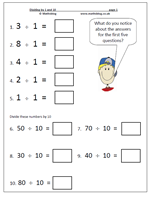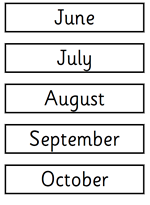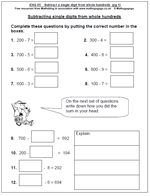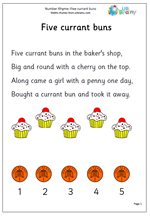Well I like numbers, as you might guess, but did you know that your children, and everyone else’s are going to feature on a new database and each child will be prescribed a unique number! Yes, contact details of every child under 18 is going to go on a huge database, which itself will be accessible to over 390 000 staff. Children’s Minister, Baroness Morgan states that parents would not be allowed to remove their children from the list.
Why, you might ask, is this database being created?
It is thought that the database will improve information sharing between professionals working with children and was created as a result of the death of 8-year old Victoria Climbie.
What information is being collected:
Name
Address
Parents’ contact details
Date of birth
School
Doctor
and each child is given a unique identifying number. Perhaps more worrying is that additional information may be added by the agencies.
Who will be able to see the information? Local authority staff, police, health services and children’s charities to start with. Given our record for keeping databases safe, we can presume that access will be leaked. Is this the best way to spend our money safeguarding children?
This has been planned for 8 years and training is beginning for local authority staff in the near future.
 Free maths worksheet from mathsblog.co.uk
Free maths worksheet from mathsblog.co.uk





